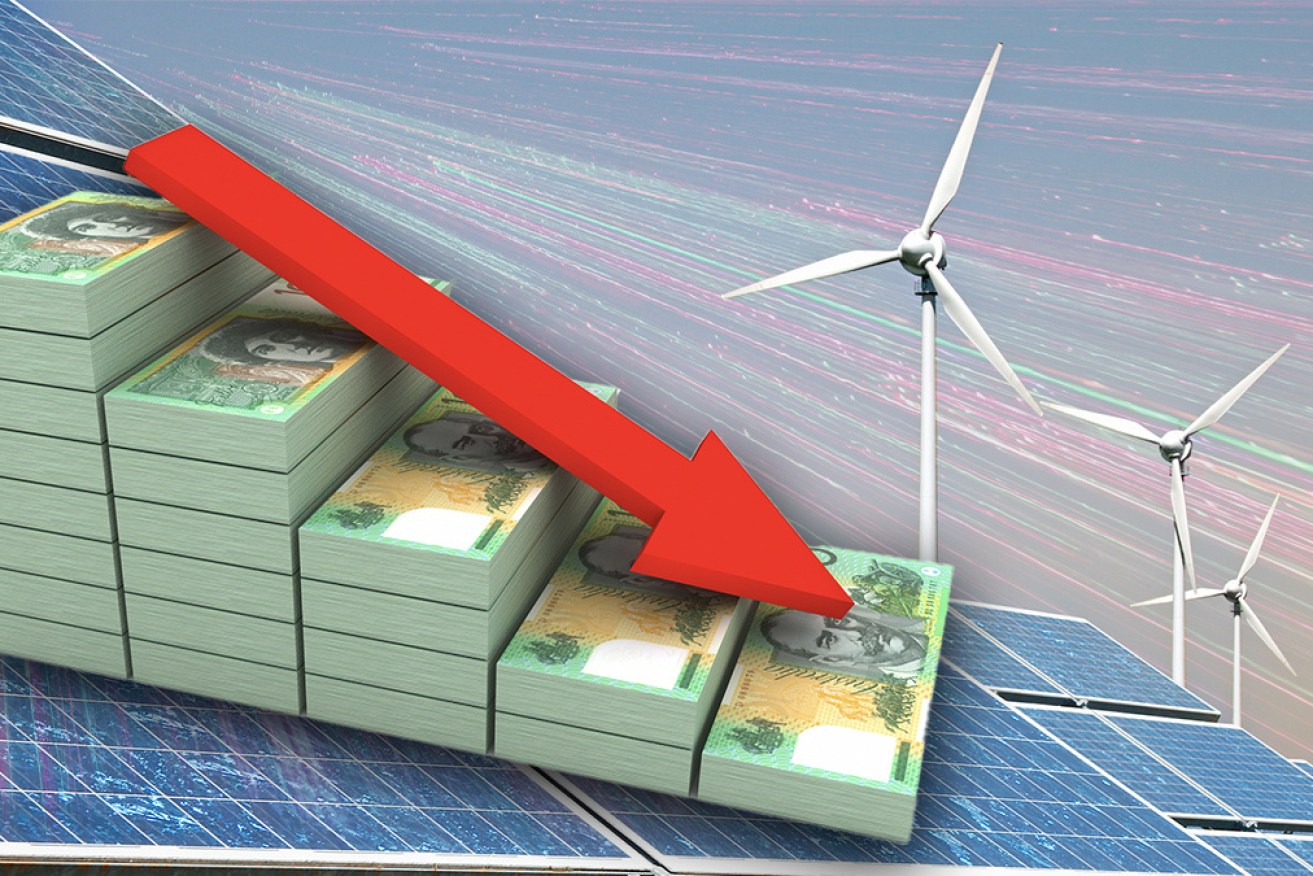Huge electricity savings on offer as regulator price plummets


Energy prices are falling, but not at a fast enough rate. Photo: TND
More than 700,000 Australians will save up to $116 on their electricity from July under a new price ceiling that’s set to deliver $36 million in household savings.
But the price falls pale in comparison to the lowest offers on the market, which are between $340 and $557 cheaper than the new Default Market Offer (DMO) set on Tuesday.
It means it has never been more important to shop around, as the gap between the best offer and the regulator-determined price grows for most customers.
Unveiling its annual DMO determination on Tuesday, the Australian Energy Regulator said a flood of renewable energy driving down wholesale costs for retailers justified a 2.7 to 7.4 per cent price reduction in the DMO – worth $53 to $116 a year.
The federal government introduced a regulator-set electricity price in New South Wales, South Australia and south-east Queensland in 2019 as a safety net for households that don’t – or can’t – negotiate their own contracts.
Default price ‘providing less and less safety’
Although the DMO was designed as a safety net, it has failed to keep pace with an average 9 per cent fall in electricity prices across the broader market since the middle of last year, driven largely by a flood of new renewable generation.
About 11 per cent of households and 21 per cent of small businesses are missing out on part of these savings by staying on the DMO, according to Andrew Harpham, director of Frontier Economics.
Mr Harpham said the AER was failing to pass on to consumers the most recent price reductions, because its DMO determinations were based on average wholesale contract prices over two years, not the price retailers pay today.
“The safety net is providing less and less safety,” he told TND.
“[Other regulators] in the past have looked at the price today at which retailers can lock in electricity supply for next year … if they had done that prices would be lower still, and that’s why we’re seeing such a big gap between the best offer.”
Tony Wood, energy program director at the Grattan Institute, said the AER’s methodology is a “double-edged sword”, because it means the DMO is slower to fall when prices drop, but also slower to rise when prices go up.
“Having something that moves relatively slowly isn’t itself a bad thing, but of course it does mean when you’ve got sharper decreases than [in the past], consumers aren’t seeing the full benefit,” Mr Wood told The New Daily.
Mr Harpham also said consumers could be protected from price rises under the AER’s methodology, but that wholesale costs would remain low for a while.
“We don’t see wholesale prices going up any time soon. Almost all the state governments have pretty aggressive policies to bring in new investment in renewables over the next decade,” he explained.
What goes into your electricity bill?
The AER factored into its latest DMO determination a 19 to 23 per cent fall in wholesale costs, reflecting “continuing strong investments in renewable generation”.
But it offset these falls against a 10 to 12 per cent increase in retailer costs because of “environmental regulations” like renewable targets.
The regulator also excluded some pandemic-related costs, saving households an extra $22 to $45 on their bills.
AER chair Clare Savage said the DMO had been set at a level that enabled retailers to compete on offering better deals to customers.
“[The DMO] is still set at a level that enables retailers to recover their costs and encourages retailers to compete to offer a better deal,” she said in a statement.
Federal Energy Minister Angus Taylor cheered the DMO reduction on Tuesday, saying it delivered on the government’s promise to lower electricity prices.
“This price update confirms energy costs are continuing to fall and that is good news for hundreds of thousands of hard-working Australian families and small businesses,” Mr Taylor said in a statement.
ACCC probing prices
But wholesale prices are falling so fast that even the median customer on a negotiated deal could save hundreds of dollars by moving to the best offer on the market.
Those savings are worth between $217 and $254 a year, the AER said.
And even those discounts might be inadequate in the face of massive declines in wholesale electricity prices over the past 12 months.
The ACCC is investigating whether retailers are failing to pass on the full benefit of those falling costs under the government’s recently introduced “big stick” laws, which force companies to offer their best prices.
The watchdog has tracked a 9 per cent reduction in electricity costs since the middle of last year, meaning there’s about $900 million in potential savings available for households that shop around.
ACCC chair Rod Sims told TND that investigations are under way.
“We’re currently investigating a number of retailers where they haven’t been passing it on in all circumstances,” Mr Sims said.
“We’re going to look at whether that 9 per cent is a sufficient reduction, given the large reduction in costs.
“But secondly, and crucially, we’re going to be checking to make sure [lower costs] are passed on to consumers.”








